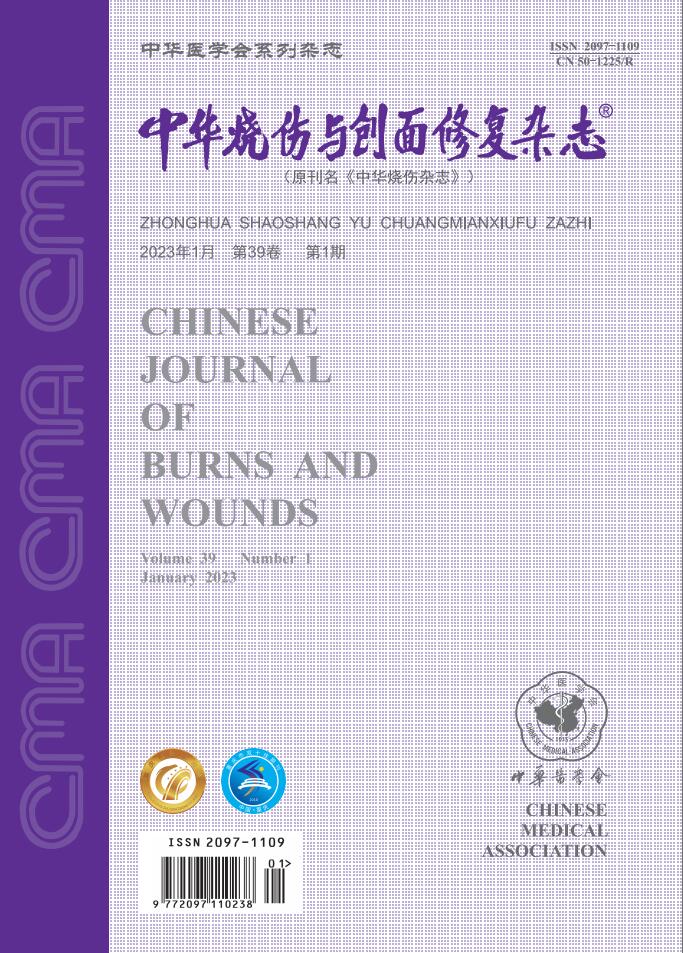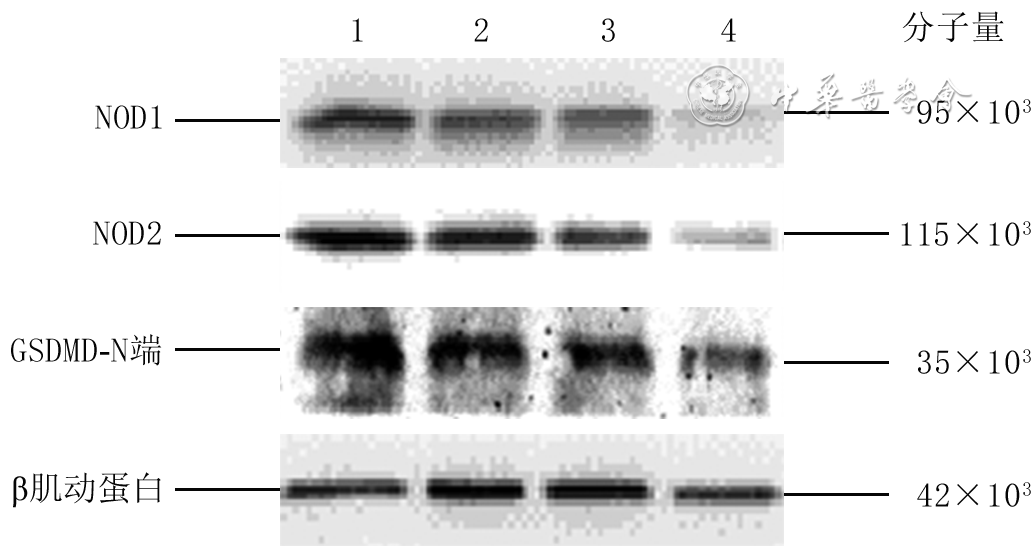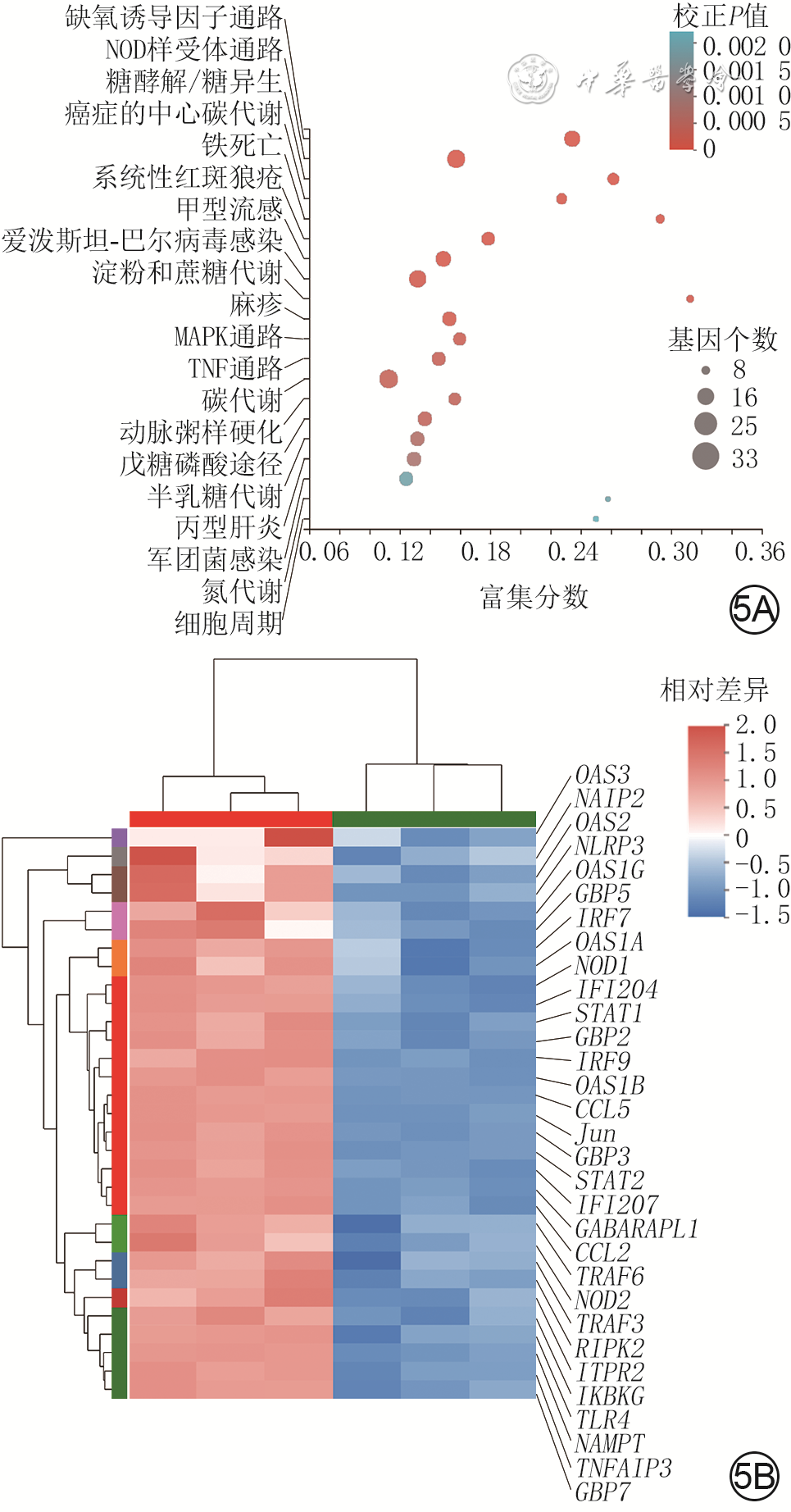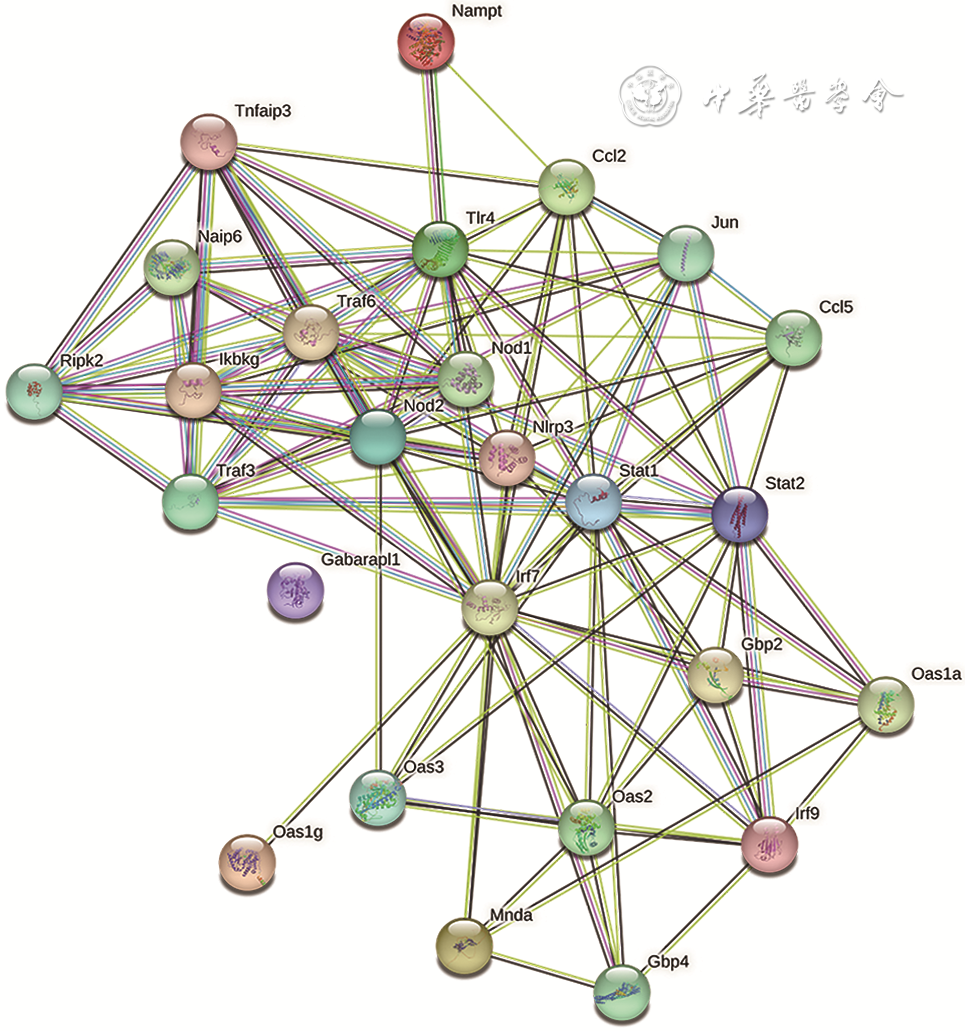| [1] |
MatooriS, VevesA, MooneyDJ. Advanced bandages for diabetic wound healing[J]. Sci Transl Med,2021, 13(585):eabe4839.DOI: 10.1126/scitranslmed.abe4839. |
| [2] |
DekoninckS, BlanpainC. Stem cell dynamics, migration and plasticity during wound healing[J]. Nat Cell Biol,2019,21(1):18-24.DOI: 10.1038/s41556-018-0237-6. |
| [3] |
WillenborgS, EmingSA. Cellular networks in wound healing[J]. Science,2018,362(6417):891-892.DOI: 10.1126/science.aav5542. |
| [4] |
SiesH, JonesDP. Reactive oxygen species (ROS) as pleiotropic physiological signalling agents[J]. Nat Rev Mol Cell Biol,2020,21(7):363-383.DOI: 10.1038/s41580-020-0230-3. |
| [5] |
MittlerR,ZandalinasSI,FichmanY,et al.Reactive oxygen species signalling in plant stress responses[J].Nat Rev Mol Cell Biol,2022,23(10):663-679.DOI: 10.1038/s41580-022-00499-2. |
| [6] |
NathanC,Cunningham-BusselA.Beyond oxidative stress: an immunologist's guide to reactive oxygen species[J].Nat Rev Immunol,2013,13(5):349-361.DOI: 10.1038/nri3423. |
| [7] |
FranchinaDG, DostertC, BrennerD. Reactive oxygen species: involvement in T cell signaling and metabolism[J].Trends Immunol,2018,39(6):489-502.DOI: 10.1016/j.it.2018.01.005. |
| [8] |
ChaiQ, YuS, ZhongY, et al. A bacterial phospholipid phosphatase inhibits host pyroptosis by hijacking ubiquitin[J].Science,2022,378(6616):eabq0132.DOI: 10.1126/science.abq0132. |
| [9] |
BergsbakenT, FinkSL, CooksonBT. Pyroptosis: host cell death and inflammation[J]. Nat Rev Microbiol,2009,7(2):99-109.DOI: 10.1038/nrmicro2070. |
| [10] |
RaoZ, ZhuY, YangP, et al. Pyroptosis in inflammatory diseases and cancer[J]. Theranostics,2022,12(9):4310-4329.DOI: 10.7150/thno.71086. |
| [11] |
YuP, ZhangX, LiuN, et al. Pyroptosis: mechanisms and diseases[J]. Signal Transduct Target Ther,2021,6(1):128.DOI: 10.1038/s41392-021-00507-5. |
| [12] |
HussainZ,ThuHE,Rawas-QalajiM,et al.Recent developments and advanced strategies for promoting burn wound healing[J]. J Drug Deliv Sci Technol,2022,68:103092.DOI: 10.1016/j.jddst.2022.103092. |
| [13] |
NiuY,LiQ,DingY,et al.Engineered delivery strategies for enhanced control of growth factor activities in wound healing[J].Adv Drug Deliv Rev,2019,146:190-208.DOI: 10.1016/j.addr.2018.06.002. |
| [14] |
MaX,HaoJ,WuJ,et al.Prussian blue nanozyme as a pyroptosis inhibitor alleviates neurodegeneration[J].Adv Mater,2022,34(15):e2106723.DOI: 10.1002/adma.202106723. |
| [15] |
XuN, YuanY, DingL, et al. Multifunctional chitosan/gelatin@tannic acid cryogels decorated with in situ reduced silver nanoparticles for wound healing[J/OL]. Burns Trauma,2022,10:tkac019[2022-11-09].https://pubmed.ncbi.nlm.nih.gov/35910193/.DOI: 10.1093/burnst/tkac019. |
| [16] |
ShiR,LiH,JinX,et al.Promoting re-epithelialization in an oxidative diabetic wound microenvironment using self-assembly of a ROS-responsive polymer and P311 peptide micelles[J].Acta Biomater,2022,152:425-439.DOI: 10.1016/j.actbio.2022.09.017. |
| [17] |
HuangR,HuJ,QianW,et al.Recent advances in nanotherapeutics for the treatment of burn wounds[J/OL].Burns Trauma,2021,9:tkab026[2022-11-09].https://pubmed.ncbi.nlm.nih.gov/34778468/.DOI: 10.1093/burnst/tkab026. |
| [18] |
|
| [19] |
YanR,LiuX,XiongJ,et al.pH-responsive hyperbranched polypeptides based on Schiff bases as drug carriers for reducing toxicity of chemotherapy[J].RSC Adv,2020,10(23):13889-13899.DOI: 10.1039/d0ra01241f. |
| [20] |
DunnillC,PattonT,BrennanJ,et al.Reactive oxygen species (ROS) and wound healing: the functional role of ROS and emerging ROS-modulating technologies for augmentation of the healing process[J].Int Wound J,2017,14(1):89-96.DOI: 10.1111/iwj.12557. |
| [21] |
Las HerasK, IgartuaM, Santos-VizcainoE, et al. Chronic wounds: current status, available strategies and emerging therapeutic solutions[J]. J Control Release,2020,328:532-550.DOI: 10.1016/j.jconrel.2020.09.039. |
| [22] |
VeithAP,HendersonK,SpencerA,et al.Therapeutic strategies for enhancing angiogenesis in wound healing[J].Adv Drug Deliv Rev,2019,146:97-125.DOI: 10.1016/j.addr.2018.09.010. |
| [23] |
|
| [24] |
YaoY, ZhangH, WangZ, et al. Reactive oxygen species (ROS)-responsive biomaterials mediate tissue microenvironments and tissue regeneration[J]. J Mater Chem B,2019,7(33):5019-5037. DOI: 10.1039/c9tb00847k. |
| [25] |
XieW,HuW,HuangZ,et al.Betulinic acid accelerates diabetic wound healing by modulating hyperglycemia-induced oxidative stress, inflammation and glucose intolerance[J/OL]. Burns Trauma,2022,10:tkac007[2022-11-09].https://pubmed.ncbi.nlm.nih.gov/35415192/.DOI: 10.1093/burnst/tkac007. |
| [26] |
ShenM,LiH,YaoS,et al.Shear stress and ROS-responsive biomimetic micelles for atherosclerosis via ROS consumption[J].Mater Sci Eng C Mater Biol Appl,2021,126:112164.DOI: 10.1016/j.msec.2021.112164. |
| [27] |
LiL, WangY, GuoR, et al. Ginsenoside Rg3-loaded, reactive oxygen species-responsive polymeric nanoparticles for alleviating myocardial ischemia-reperfusion injury[J]. J Control Release,2020,317:259-272. DOI: 10.1016/j.jconrel.2019.11.032. |
| [28] |
ZhaoZ,HanZ,NaveenaK,et al.ROS-responsive nanoparticle as a berberine carrier for OHC-targeted therapy of noise-induced hearing loss[J].ACS Appl Mater Interfaces,2021,13(6):7102-7114.DOI: 10.1021/acsami.0c21151. |
| [29] |
ShiCX,WangY,ChenQ,et al.Extracellular histone H3 induces pyroptosis during sepsis and may act through NOD2 and VSIG4/NLRP3 pathways[J].Front Cell Infect Microbiol,2020,10:196.DOI: 10.3389/fcimb.2020.00196. |
| [30] |
MoulinE,NyrkovaIA,GiusepponeN,et al.Homodyne dynamic light scattering in supramolecular polymer solutions: anomalous oscillations in intensity correlation function[J].Soft Matter,2020,16(12):2971-2993.DOI: 10.1039/c9sm02480h. |
| [31] |
ChenYQ, CaoJ, ZhuHY, et al. Synthesis and evaluation of methionine and folate co-decorated chitosan self-assembly polymeric micelles as a potential hydrophobic drug-delivery system[J]. Chin Sci Bull, 2013,58: 2379-2386.DOI: 10.1007/s11434-013-5733-2. |
| [32] |
|
| [33] |
PashenkovMV,BalyasovaLS,DagilYA,et al.The role of the p38-MNK-eIF4E signaling axis in TNF production downstream of the NOD1 receptor[J].J Immunol,2017,198(4):1638-1648.DOI: 10.4049/jimmunol.1600467. |
| [34] |
SchäfflerH,GeissD,GittelN,et al.Mutations in the NOD2 gene are associated with a specific phenotype and lower anti-tumor necrosis factor trough levels in Crohn's disease[J].J Dig Dis,2018,19(11):678-684.DOI: 10.1111/1751-2980.12677. |
| [35] |
Di CarloS,HäckerG,GentleIE.GM-CSF suppresses antioxidant signaling and drives IL-1β secretion through NRF2 downregulation[J].EMBO Rep,2022,23(8):e54226.DOI: 10.15252/embr.202154226. |
| [36] |
Abdul-SaterAA,Saïd-SadierN,PadillaEV,et al.Chlamydial infection of monocytes stimulates IL-1β secretion through activation of the NLRP3 inflammasome[J].Microbes Infect,2010,12(8/9):652-661.DOI: 10.1016/j.micinf.2010.04.008. |







 下载:
下载:





 DownLoad:
DownLoad:





